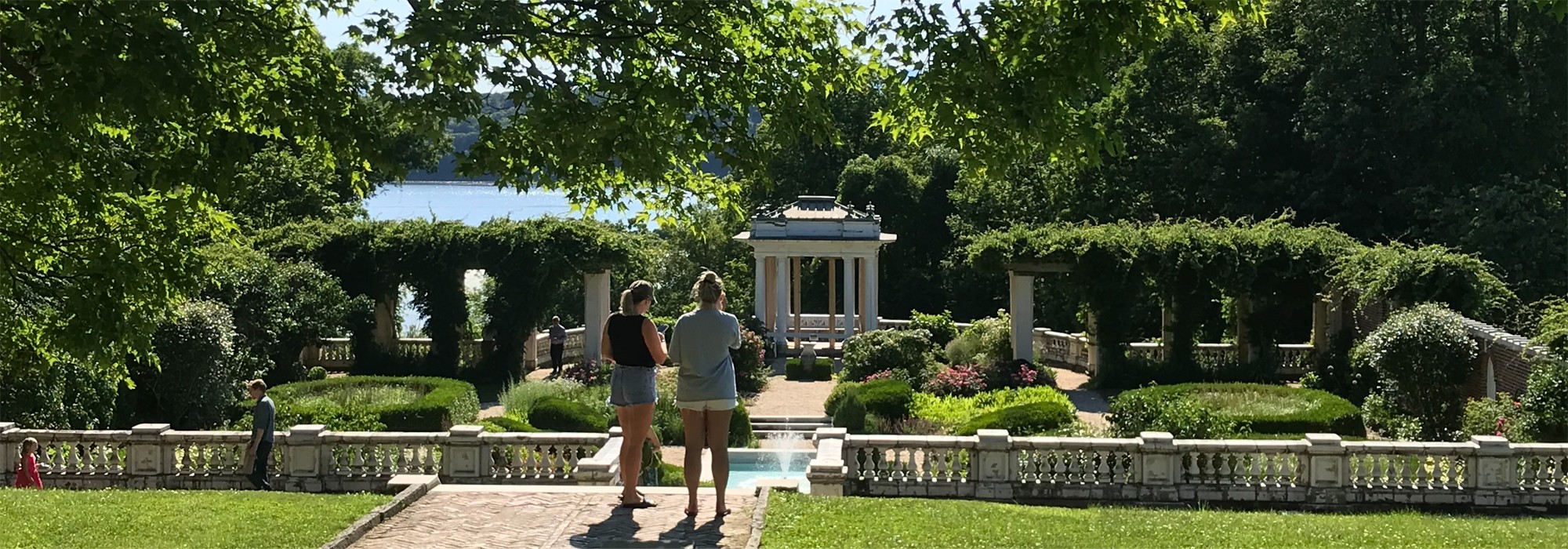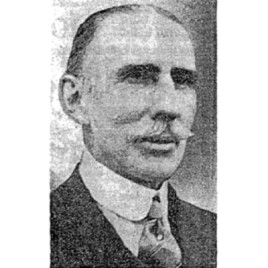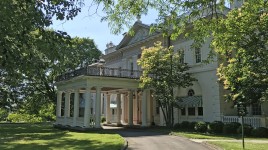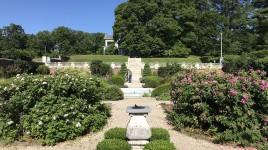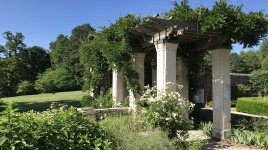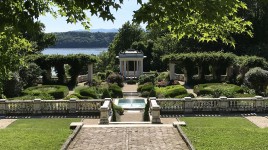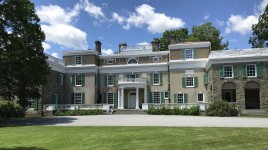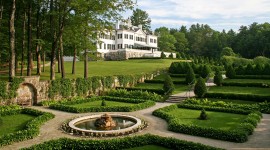Pioneer Information
Born in Providence, Rhode Island, Hoppin attended Brown University and the Massachusetts Institute of Technology before studying architecture for two years in France. Returning to the United States in the late 1880s, he worked in the office of McKim, Mead & White, where he excelled in perspective rendering. In 1890 he established a practice with his brother, Howard, and Spencer Read, called Hoppin, Read & Hoppin. The firm designed numerous estates in Providence as well as a Queen Anne-style residence in Ottawa, Ontario.
By 1894 Hoppin had left the firm to partner with Terence Koen forming the architectural firm Hoppin & Koen. The New York City based firm is noted for their Beaux-Arts and Colonial Revival designs of grand residences and municipal buildings throughout New York City and the northeast region. In 1902 Hoppin designed Edith Wharton’s Georgian-Revival manor house, the Mount, in Lenox, Massachusetts, and the following year established a walled Italianate garden at Andrew Zabriskie’s Blithewood estate in Annandale-on-Hudson, complementing a manor house designed concurrently by Hoppin & Koen. From 1919 to 1920 Hoppin and Koen worked under Frederick Law Olmsted, Jr., designing multiple Colonial Revival residences for United States Housing Corporation Project # 157 (now United States Housing Corporation Historic District) in New London, Connecticut. The project is considered among the earliest federally sponsored housing projects in the United States. By 1923 the firm disbanded, and Koen passed away that year. Hoppin next turned his attention to watercolor painting, traveling throughout New England and Europe. During the Spanish-American War he served with the twelfth regiment of the New York State National Guard, reaching the rank of major. Hoppin was later given the title of Colonel by New York governor Charles Seymour Whitman; he died at his home in Newport, Rhode Island, at the age of 74.



